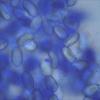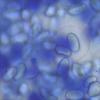
14-11-2025 16:26
 Marian Jagers
Marian Jagers
Hello everyone, On dead wood of Cytisus scoparius

17-11-2025 21:46
Philippe PELLICIERBonjour,Récolté sur bois pourrissant de feuillu

20-11-2025 14:14
Mick PeerdemanFound on the leaves of 'Juglans regia' in the Neth

20-11-2025 13:07
Mick PeerdemanIn January i found these black markings on the dea

20-11-2025 12:38
Mick PeerdemanDear all,Last week i stumbled upon a leaf of ilex

19-11-2025 23:21
 carl van den broeck
carl van den broeck
Dear guestIn Waardamme, Belgium, I found dozens of

19-11-2025 20:51
 Andreas Millinger
Andreas Millinger
Good evening,found this species on a felled trunk

19-11-2025 13:04
 Bruno Coué
Bruno Coué
Bonjour,je sollicite votre avis pour la récote
 Good evening everyone,
Good evening everyone,on 16-01-2025 I found this Peziza growing in a swamp in Waardamme, Belgium on a decaying Populus sp.
Some apothesia were very large, up to 11.5cm in diameter.
The paraphyses are simple without inflated elements.
Spores: smooth;
(14.1) 14.5 - 17.3 (17.4) × (8.6) 9.1 - 10.5 (11.1) µm
Q = (1.4) 1.5 - 1.8 (1.9) ; N=25
Me = 15.8 × 9.8 µm ; Qe = 1.6
Based on the paraphyses I think micropus.
Correct?
Il y a quelques temps j'ai recherché des informations sur ces Pezizes
J'étais tombé sur cet article que j'ai archivé
Je le partage, je ne sais pas si tout le monde sera d'accord.
Comme il fait références à des analyses moléculaires, pour moi il tranche la question.
Yanick
cheers
Thomas

Le groupe autour de P. varia peut donc, je pense, être qualifié comme hétérogène.
Je ferai bientôt une nouvelle tentative pour visualiser l'eventuelle ornamentation des spores, comme le suggère Thomas.

I will try to visualize the ornamentation in cotton bleu again later.

Une série de photos au microscope à balayage electronique montre en effet le caractère finnement verruqueux des spores. (doc joint)
Mais d'expérience personnelle, même avec une bonne optique, cette ornementation n'est pas perceptible à chaque fois, même sur sporée et même dans le bleu coton.
AmitiésMichel



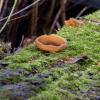
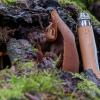
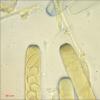
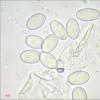
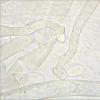
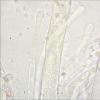
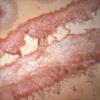
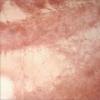
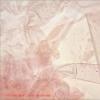
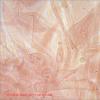
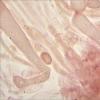
 Peziza-varia-0001.pdf
Peziza-varia-0001.pdf
